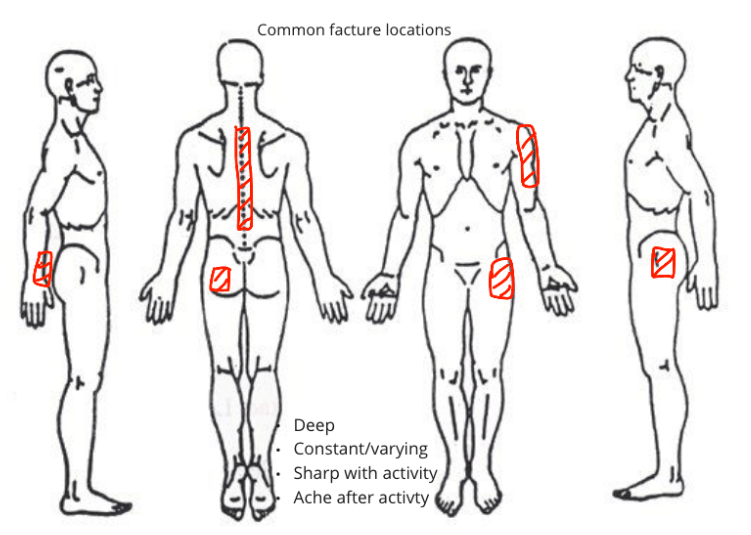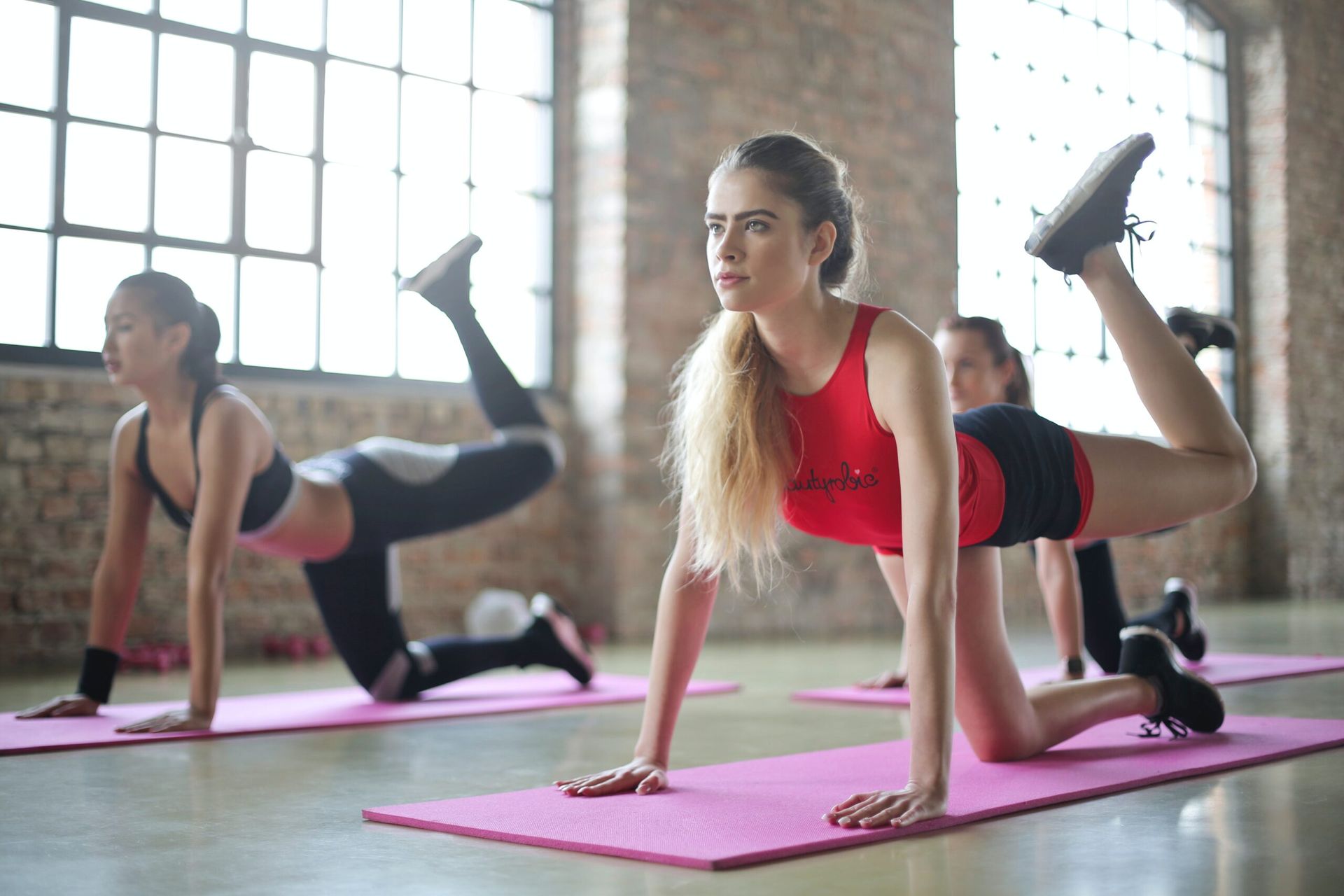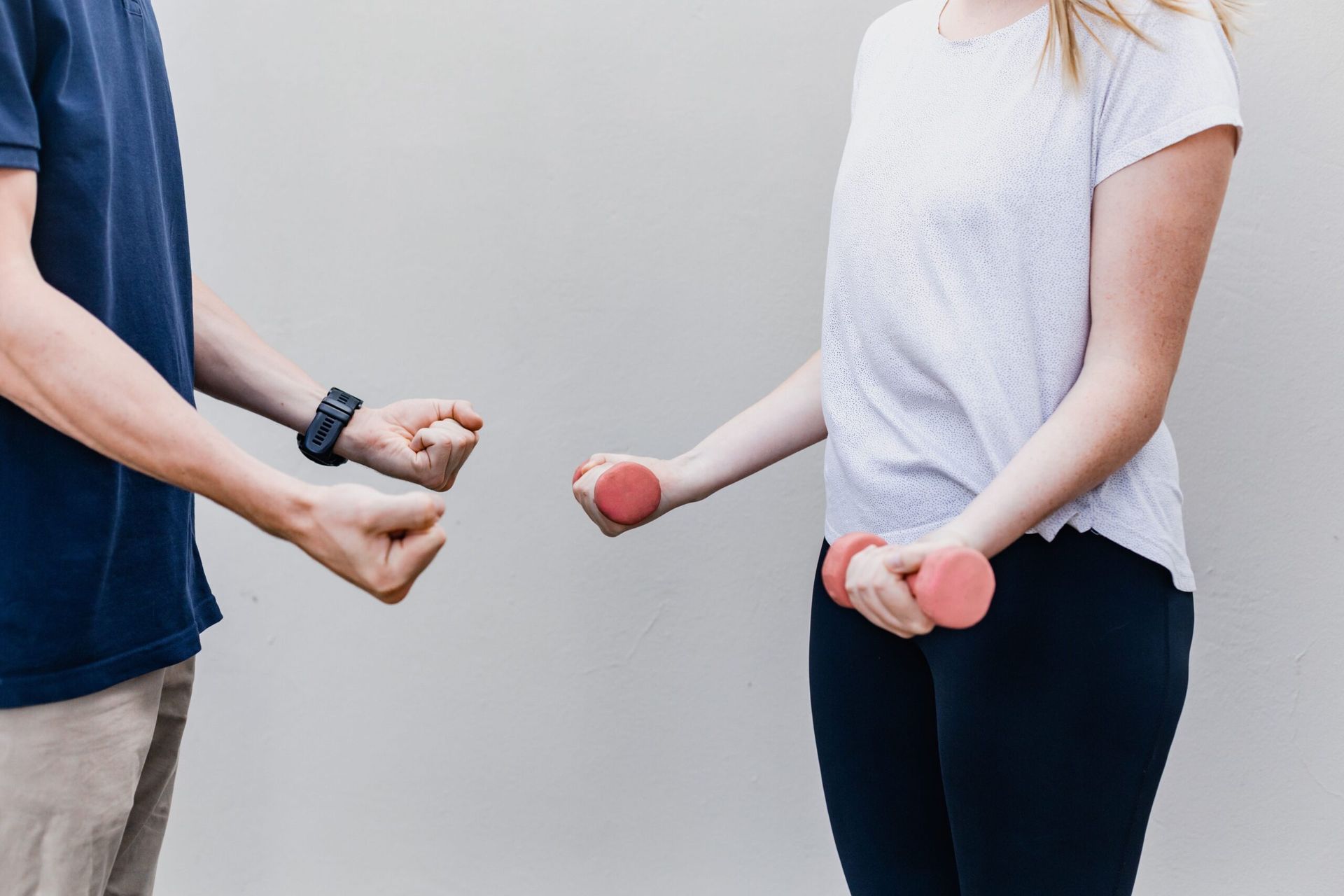Recovery after physical activity is essential to maintaining overall health and performance. Several types of evidence support the importance and benefits of recovery after engaging in physical activities:
Physiological Changes:
During exercise, the body undergoes various stress responses such as increased heart rate, muscle fatigue, and energy depletion. Recovery allows the body to return to its normal state by restoring energy stores, repairing damaged tissues, and reducing the stress response.
Reduced Risk of Overuse Injuries:
Inadequate recovery can lead to overuse injuries. This is due to the body having a reduced capacity after completing exercise. It is important to recognize signs of overuse injury and plan accordingly to minimize risk.
Enhanced Performance:
Studies on athletes and sports teams have shown that incorporating effective recovery strategies can significantly improve athletic performance. Adequate recovery allows athletes to train more effectively and perform at their best.
Muscle Growth and Repair:
After resistance training or strength workouts, muscles need time to repair and grow stronger. During the recovery period, it is crucial for muscle protein synthesis to occur in order to benefit from the prior exertion.
Hormonal Balance:
Physical activity can temporarily disrupt hormonal balance, particularly in endurance athletes. Adequate recovery helps restore hormonal balance, which is important for overall health and well-being.
Reduction of Delayed Onset Muscle Soreness (DOMS):
Research indicates that proper recovery strategies, such as stretching, massage, and foam rolling, can help alleviate delayed onset muscle soreness (DOMS) that often occurs after strenuous exercise.
Immune System Support:
Intense and prolonged physical activity can temporarily weaken the immune system. Evidence suggests that adequate recovery helps support and strengthen the immune system.
Mental Health Benefits:
Engaging in relaxing activities during the recovery period, such as meditation or mindfulness exercises, has been shown to reduce stress and anxiety associated with physical activity and improve overall mental well-being.
Recovery should be tailored depending on the type, intensity, and duration of physical activity, as well as individual factors like age, fitness level, and overall health. Consult a clinical physiotherapist in Altona for personalized guidance.





